1274 AD Second Council of Lyon: Brief Reunification and Crusade Plans
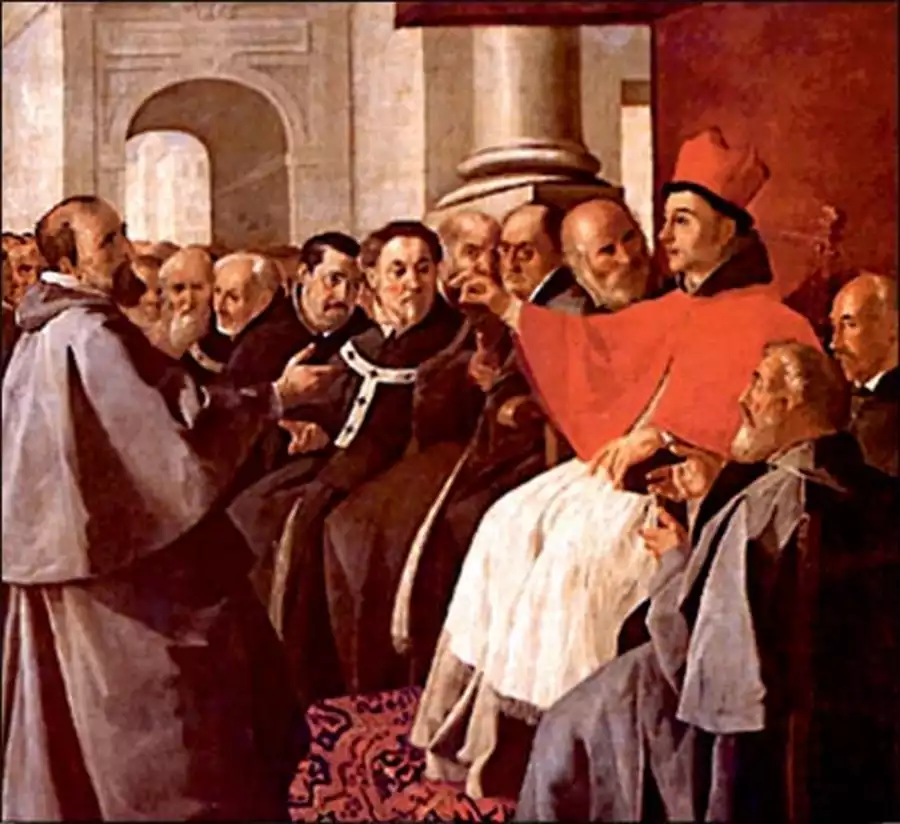
The Second Council of Lyon convened in 1274 as an attempt to mend the rift between the Catholic and Orthodox churches. Pope Gregory X called the council and Byzantine Emperor Michael VIII sent representatives, hoping for a reunification in exchange for military support against threats to Constantinople. The council proclaimed a brief reunion, although it […]
1245 AD The First Council of Lyon: Pope Innocent IV Deposes An Emperor
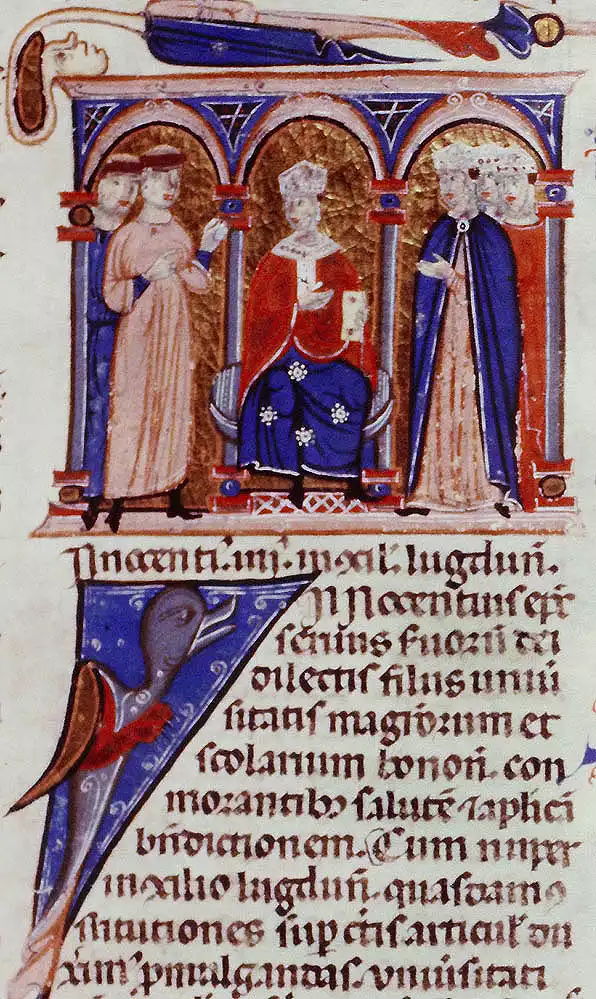
The First Council of Lyon in 1245 was a pivotal moment in the epic struggle between secular rulers and papal authority in medieval Europe. Occurring at a time when Pope Innocent IV was threatened by Holy Roman Emperor Frederick II, the council saw the pope wield the Church’s power to fulminate against temporal authority. Assembling […]
1139 AD Second Lateran Council | Did You Know the Church Once Banned Tournaments?
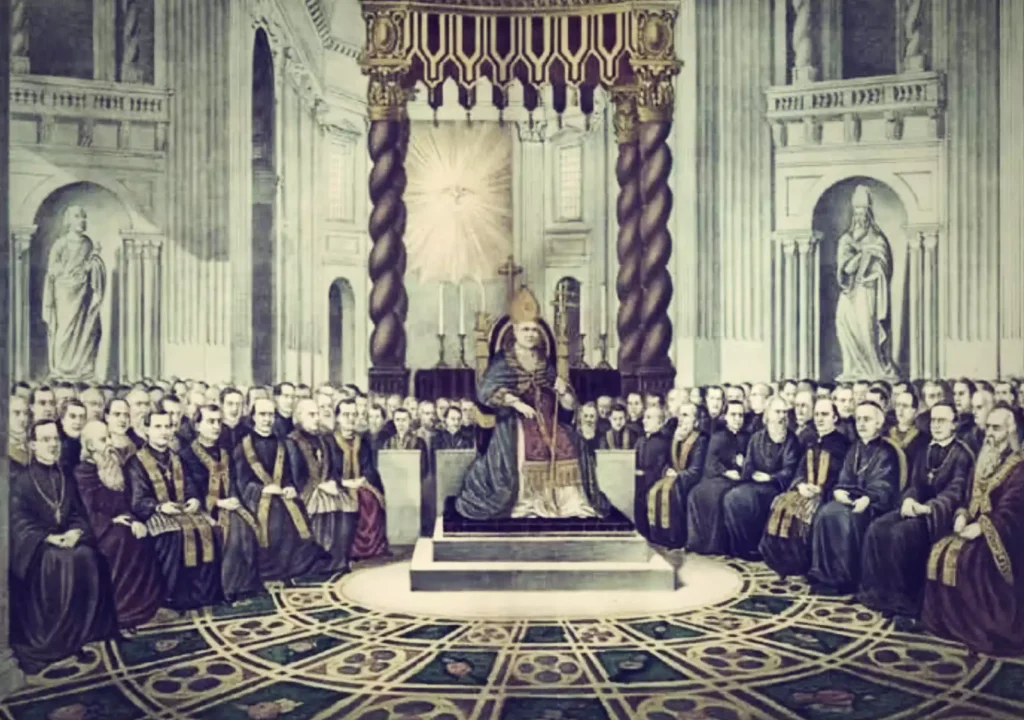
In April 1139, nearly a thousand clerics gathered at the Lateran Palace in Rome for the Tenth Ecumenical Council recognized by the Catholic Church. Convened by Pope Innocent II, the Second Lateran Council aimed to resolve the papal schism of 1130 and reform perceived laxities in ecclesiastical discipline. Its bold decrees tackled issues from clerical […]
1809-1829 AD The post-Napoleonic Restoration period sees revived power for the Catholic Church, After Napoleon
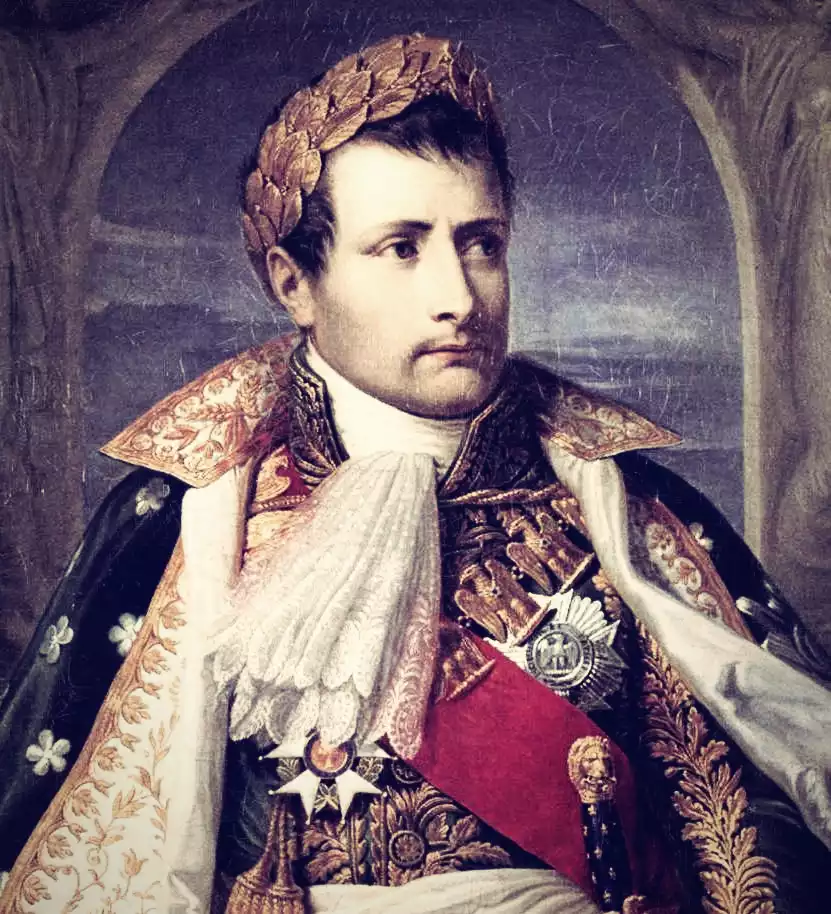
The post-Napoleonic era from 1809-1829 saw a widespread restoration of monarchical power across Europe, as well as a revival of influence for the Catholic Church. This period is often called the “Age of Metternich” after the Austrian statesman who epitomized the conservative, reactionary politics of the time. The Congress of Vienna: Rebuilding the European Order […]
1689 AD The Act of Toleration passes in England, granting rights to Protestant nonconformists but excluding Catholics
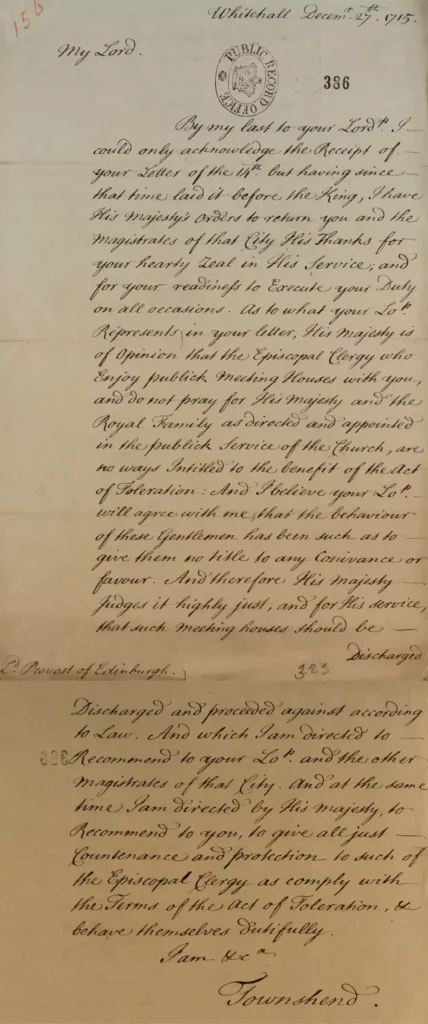
The Act of Toleration, passed by Parliament in May 1689, marked a turning point for religious freedom in England. Though far from full religious liberty, the Act granted significant new rights to certain Protestant nonconformists who dissented from the Church of England. The Long Road to the Act of Toleration The Act of Toleration of […]
1986 AD The Jesus Seminar is founded to reconstruct the historical Jesus through academic analysis and voting

The Jesus Seminar was a controversial group of academics and laymen founded in 1985 that used debate and voting to determine which sayings and deeds attributed to Jesus in the Gospels were authentic. Their conclusions sparked debate in religious and academic circles regarding the search for the historical Jesus. Unorthodox Beginnings – The Founding of […]
1948 AD The World Council of Churches is formed to facilitate cooperation among Protestant denominations
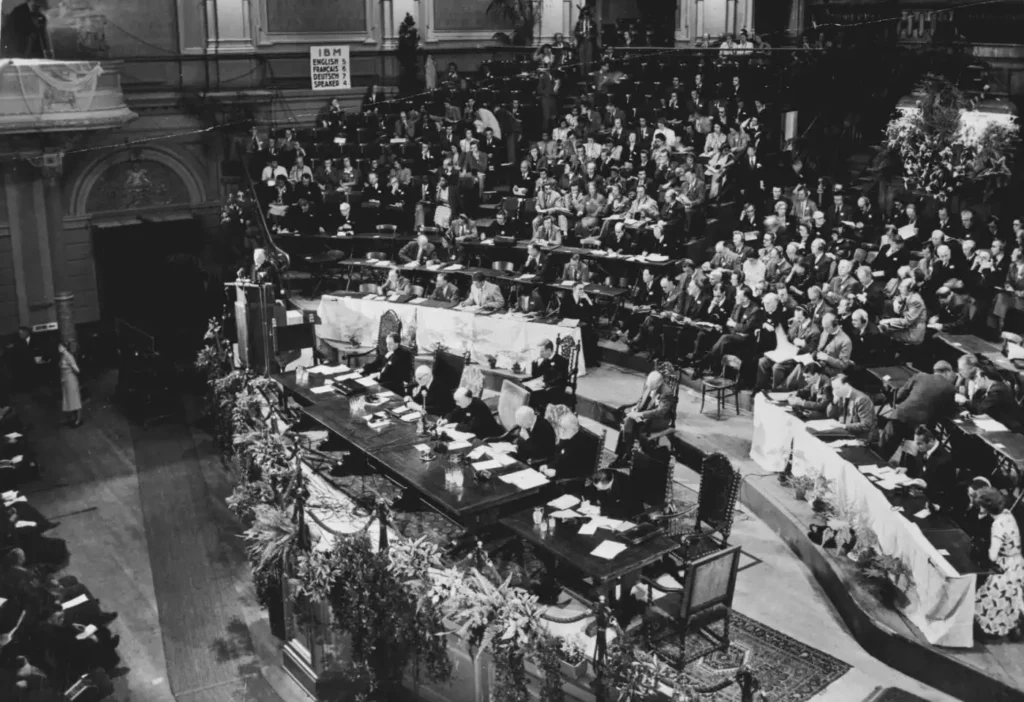
In the wake of the destruction of World War II, Christian leaders sought unity and cooperation to heal the divides of the past. Their efforts led to the groundbreaking inauguration of the World Council of Churches in 1948, bringing together Protestant denominations from around the globe for the first time. Early Efforts Towards Protestant Cooperation […]
1453 AD Fall of Constantinople: The Orthodox Patriarchate Under Ottoman Rule
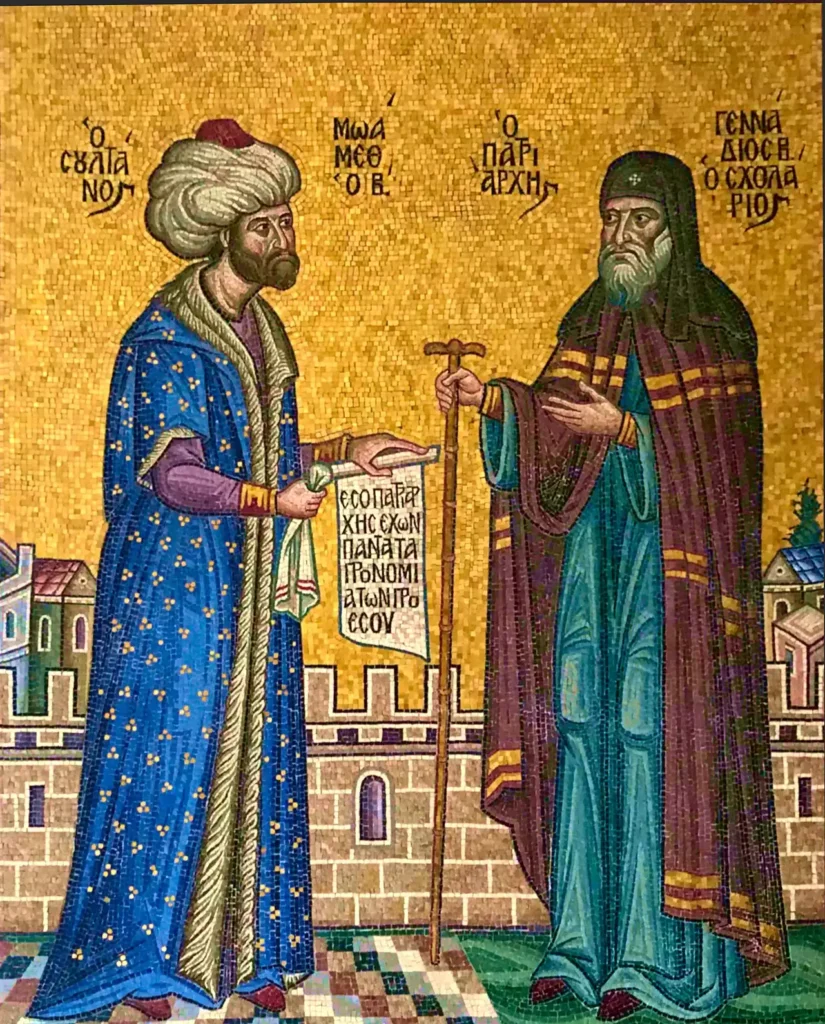
After the Fall of Constantinople in 1453, the Ottoman conqueror Muhammed II aimed to definitively regulate relations with his massive new Christian subjects. He decided to recognize the Ecumenical Patriarchate of Constantinople, handing its reins to George Scholarius, renamed Patriarch Gennadius II. Gennadius was granted extensive rights and privileges over the Orthodox church and Christian […]
1962-1965 AD Vatican II: The Church’s New Direction
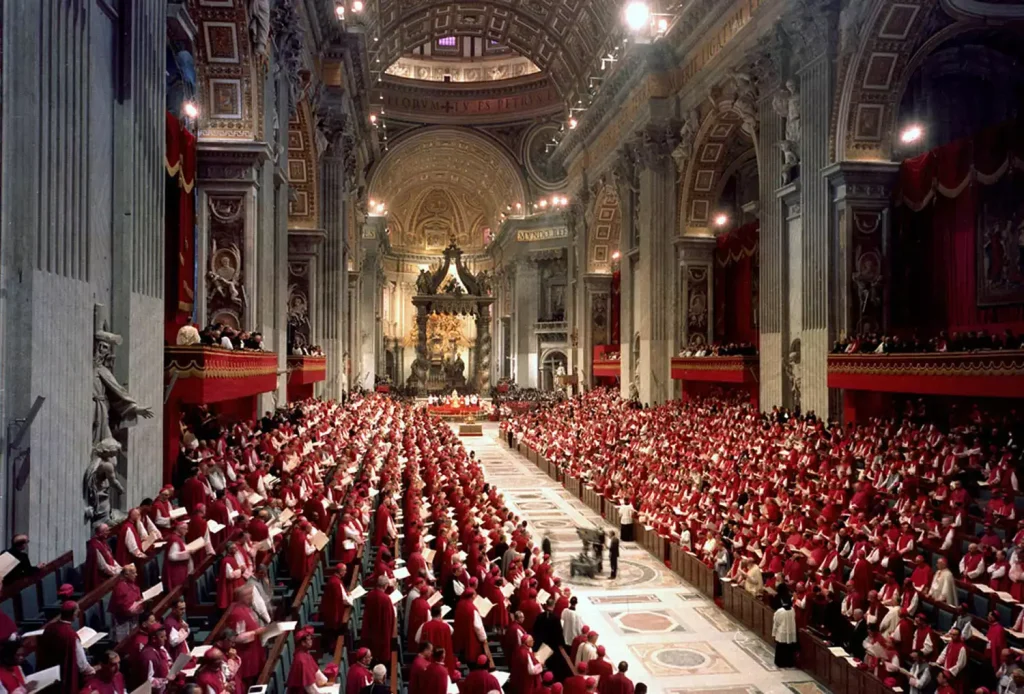
The period between 1962 and 1965 marked an epochal shift in the Catholic Church, a historic moment that redefined its core practices and interfaith dynamics. Vatican Council II, as this pivotal event is known, stands as a beacon of transformation, charting a course for the Church into modernity. This monumental gathering, convened by Pope John XXIII and continued under Pope Paul VI, broke new ground in the way the Catholic Church approached liturgy, ecumenism, and its role in the contemporary world. It was a period of intense deliberation, deep theological reflection, and significant decisions that continue to influence the Church’s path today. This article illuminates the profound changes initiated by the Council, exploring how these reforms reshaped the Catholic Church’s identity and its relations with diverse faith communities.
1603 AD King James I: The Monarch’s Fascination with Witchcraft
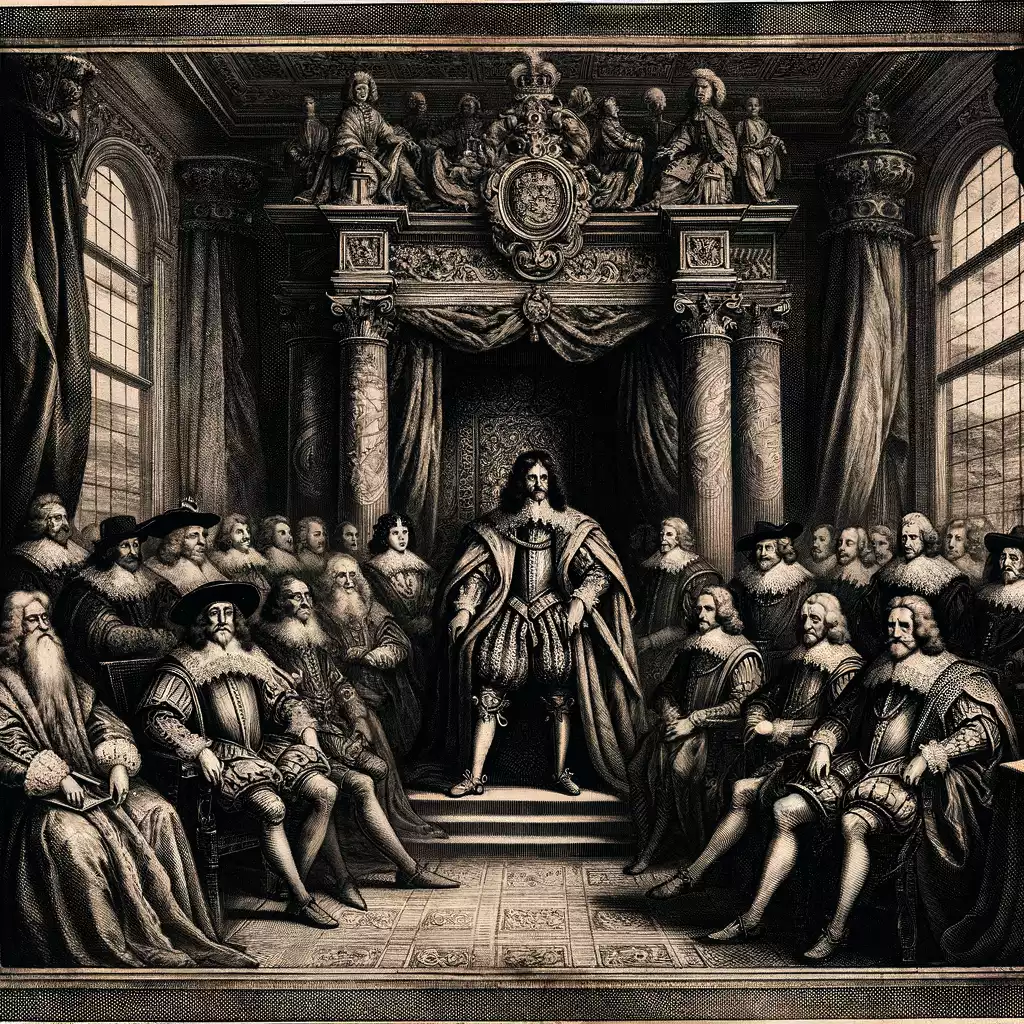
The year 1603 marked a monumental shift in England’s religious and political landscape with the death of Queen Elizabeth I, ushering in the era of King James I. This period is not merely a footnote in history but a profound transformation, as England transitioned from the Elizabethan era’s relative religious tolerance to a staunchly Protestant regime under King James. This transition had far-reaching impacts, reshaping England’s religious policies, influencing the King James Bible’s creation, and setting the stage for future conflicts. The article delves into the intricate tapestry of this historical transition, uncovering the nuances of King James I’s reign and its lasting impact on England and beyond.
1231 AD Gregory IX: Unveiling the Two Powerful Orders
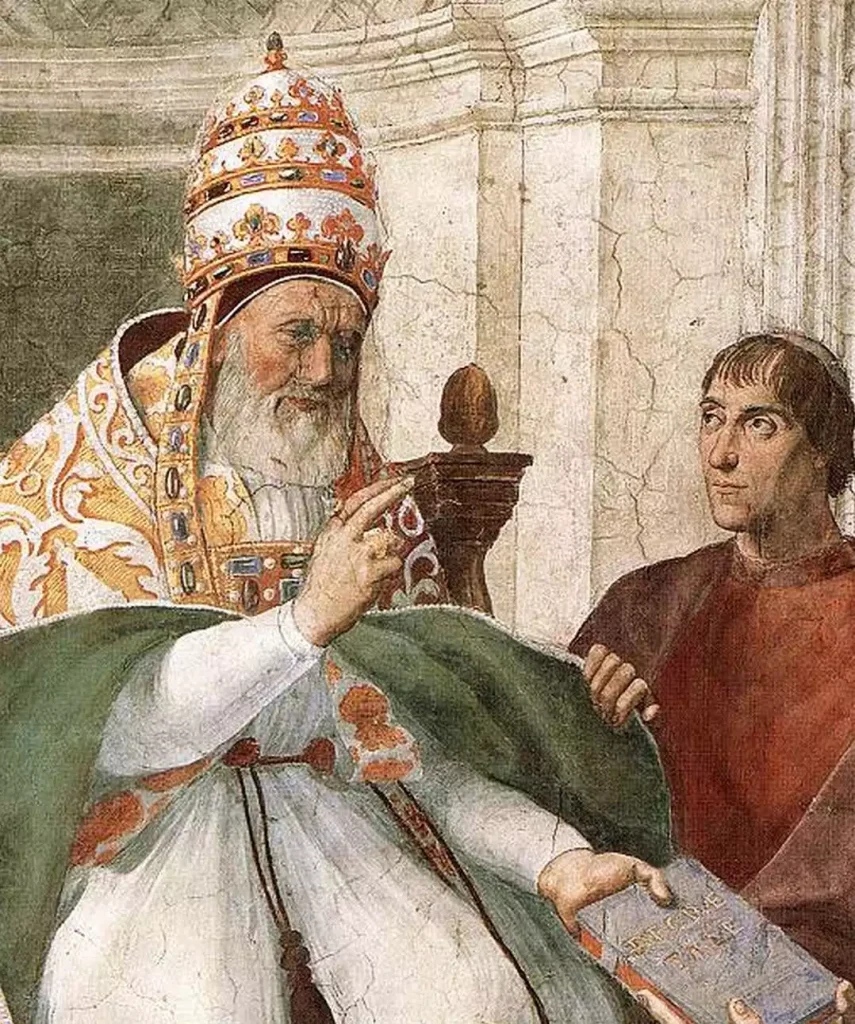
In 1231, a monumental shift occurred within the Christian world, profoundly shaping its spiritual landscape. Pope Gregory IX, a visionary leader, established two mendicant orders: the Franciscans and Dominicans. These orders, grounded in vows of poverty and preaching, emerged as powerful forces in medieval Christianity. The Franciscans, founded by Saint Francis of Assisi, emphasized living in simplicity and serving the poor. Conversely, the Dominicans, created by Saint Dominic, focused on combating heresy through education and theological discourse. Both orders played pivotal roles in religious and societal transformations during the Middle Ages. Their impact resonated through centuries, influencing Christian theology, social service, and the broader cultural milieu of Europe.
1715-1880 AD Pietism grows in Lutheran Germany
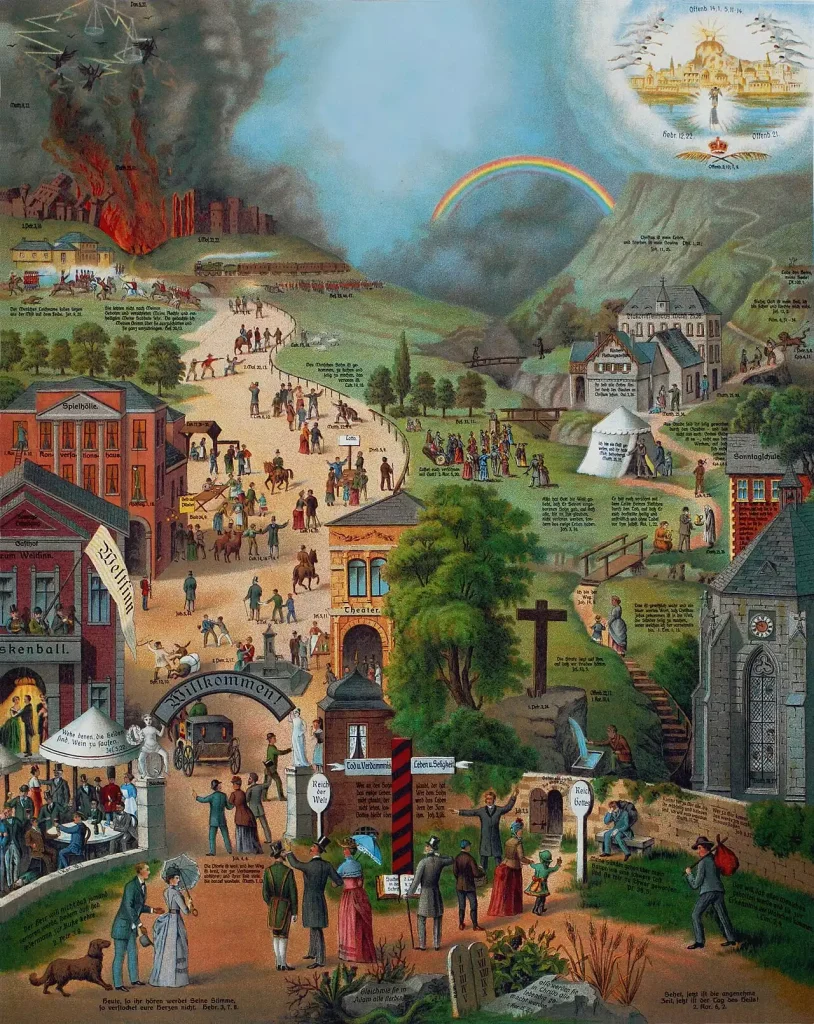
Spanning the years 1715 to 1880, a transformative movement known as Pietism emerged within Lutheran Germany, marking a pivotal shift in the religious consciousness of the era. This movement, rooted deeply in the Lutheran tradition, emphasized personal faith and spirituality over institutionalized religion, reshaping the religious landscape of its time. The Emergence of Pietism in […]
1611 AD King James Bible
In 1611, a monumental event in the history of English literature and Christianity occurred with the publication of the King James Bible. This translation not only became the standard for English-speaking Protestants but also profoundly influenced English language and culture. Genesis of the King James Bible The King James Bible, first published in 1611, emerged […]
1501 AD Michelangelo begins work in the Sistine Chapel
Michelangelo Buonarroti (1475-1564), a towering figure in the world of Renaissance art, embarked on a monumental task in 1501 that would forever alter the course of artistic expression. His undertaking of the Sistine Chapel frescoes not only showcases his exceptional skill but also symbolizes an era marked by a profound appreciation for art and beauty. […]
1521 AD Martin Luther is excommunicated by Pope Leo X | Martin Luther’s excommunication
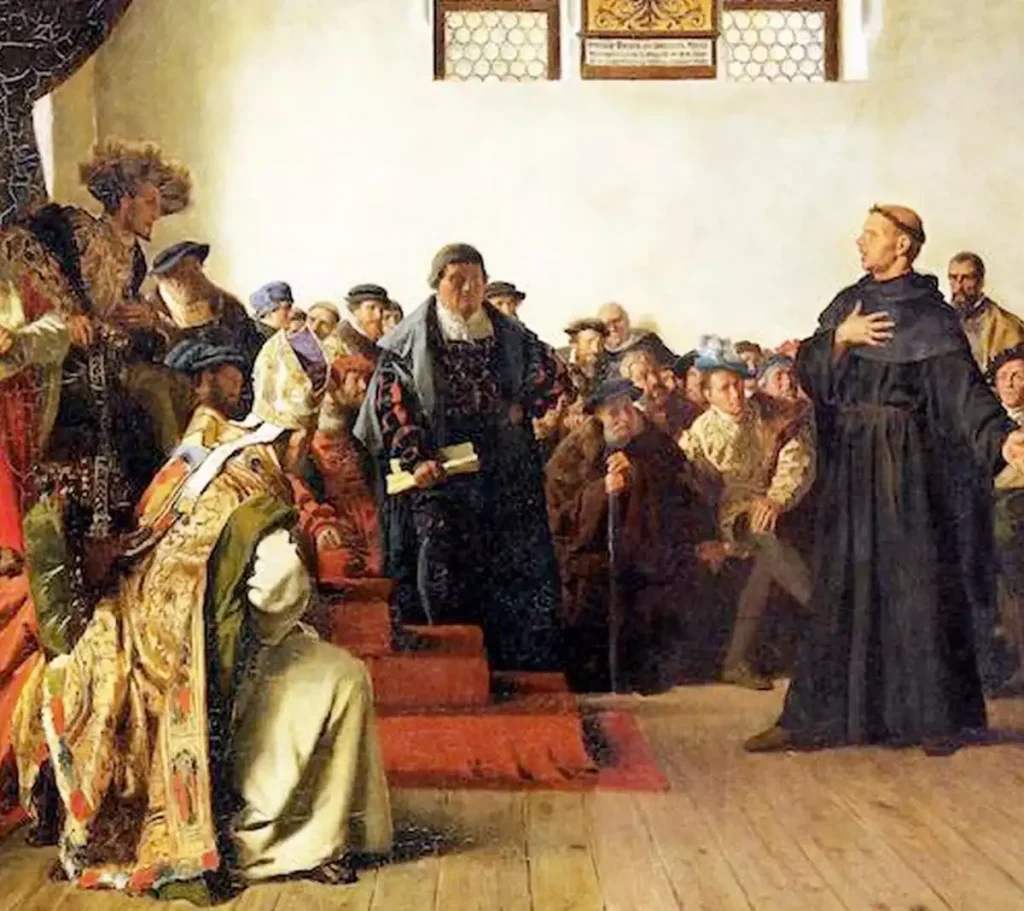
Seeds of Doubt Sown The year 1521 marked a pivotal moment in European history. It was the year Martin Luther, a German monk and theologian, ignited a religious firestorm that would irrevocably alter the landscape of Christianity. On January 3rd, Pope Leo X issued the papal bull Decet Romanum Pontificem, formally excommunicating Luther from the […]
1692 AD Salem Witch Trials 1692
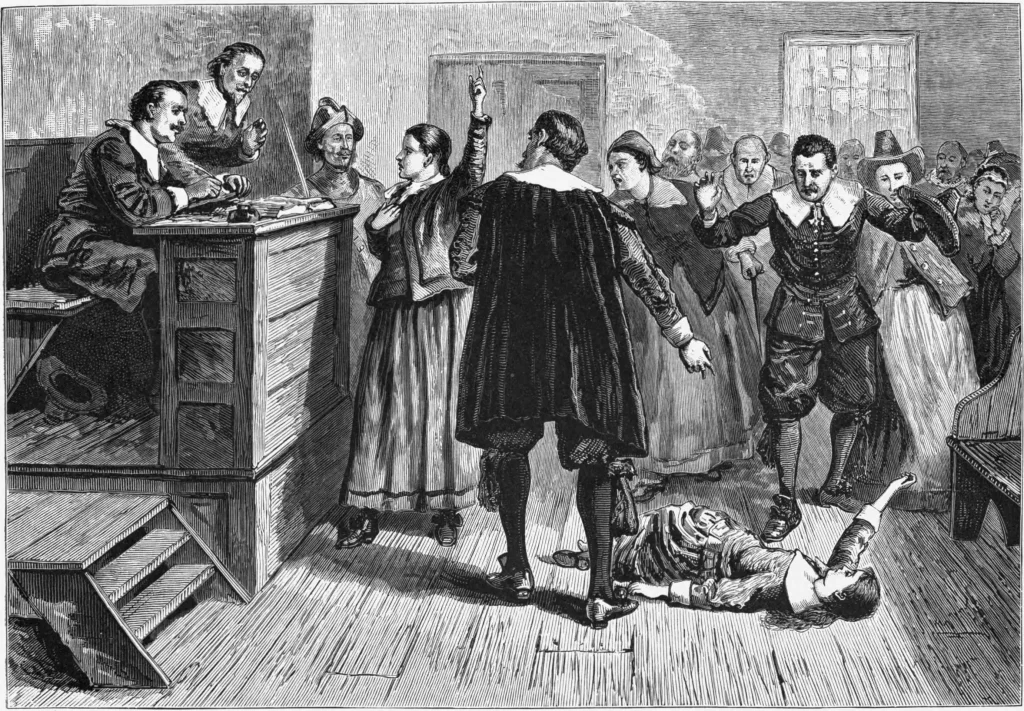
In 1692, a series of events that would forever mark the annals of American history unfolded in colonial Massachusetts. The Salem Witch Trials, as they are now known, encompassed a period of mass hysteria and fear, where over 150 individuals were accused of witchcraft, leading to 20 executions. This dark chapter in the history of […]
1531-1556 AD The Church of England under Henry VIII
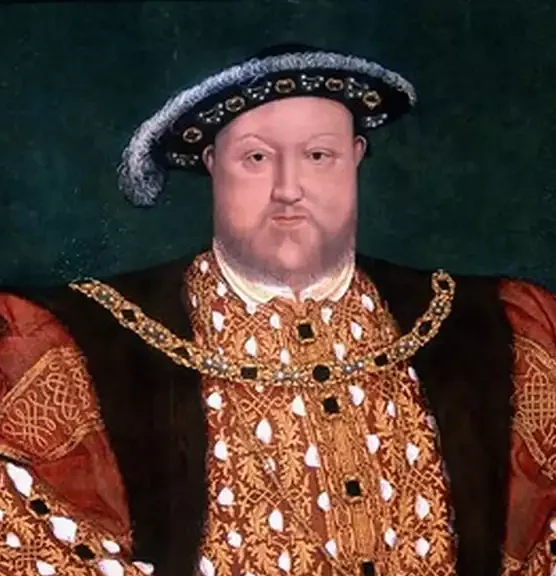
The Break from Rome – The Church of England under Henry VIII The year 1531 saw England’s King Henry VIII instigate proceedings ultimately culminating in the Church of England’s separation from Roman papal authority. Impetus was lent by Pope Clement VII’s refusal to annul Henry’s marriage to Catherine Aragon, leaving Henry bereft of a male […]
1905 AD France officially separates church and state | Separation of Churches and State
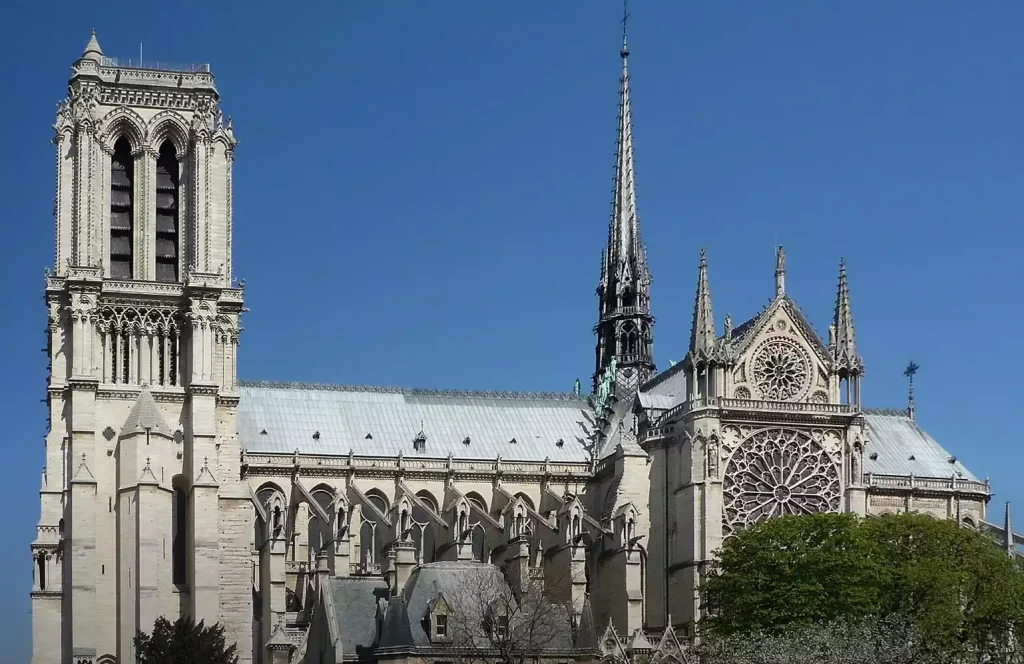
In 1905, a pivotal event unfolded in France’s history: the official separation of church and state, a milestone encapsulated in the 1905 French Law on the Separation of the Churches and the State. This law marked a significant shift in the French socio-political landscape, transitioning from a nation where the Catholic Church held considerable influence […]
1875-1910 AD French Third Republic | Secularism and Church-State Separation
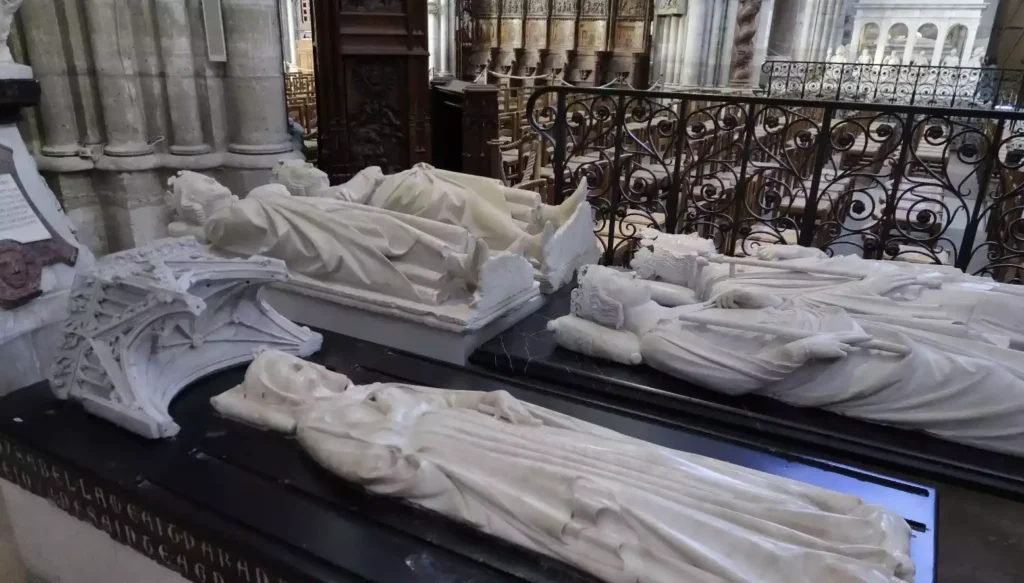
The French Third Republic was the government of France from 1870, when the Second French Empire collapsed due to its defeat in the Franco-Prussian War, until 1940, when France fell to Nazi Germany in World War II. Over its 70-year history, the Third Republic faced numerous political, social, and economic crises that threatened its existence, […]
1204 AD Fourth Crusade sacks Constantinople
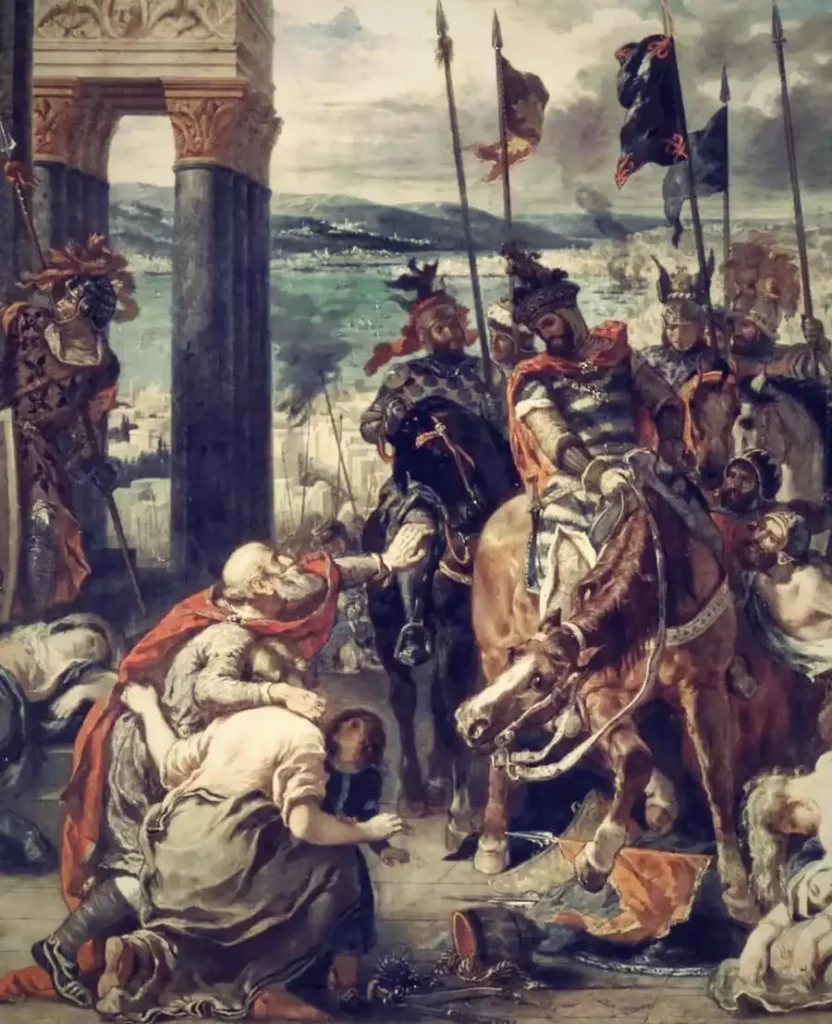
The Fourth Crusade‘s sack of Constantinople in 1204 marked a pivotal moment in medieval history, profoundly impacting the East-West Schism. This catastrophic event not only wrought immense physical destruction but also deepened the religious and cultural divide between the Eastern Orthodox and Western Roman Catholic Churches. Origins and Objectives The Fourth Crusade began as a […]
1054 AD East-West Schism | Division of Christian Church
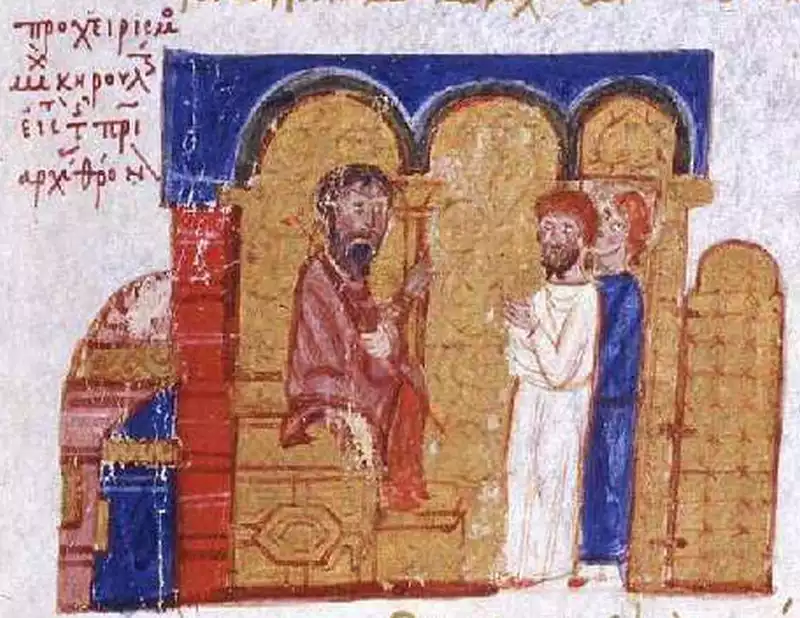
In 1054 AD, an event known as the Great Schism, or the Schism of 1054, significantly marked Christian history. This event, referred to as the East-West Schism, led to a profound division within the Christian Church. Characterized by mutual excommunications, it irreversibly separated the Church into two branches: the Western Catholic and the Eastern Orthodox […]
